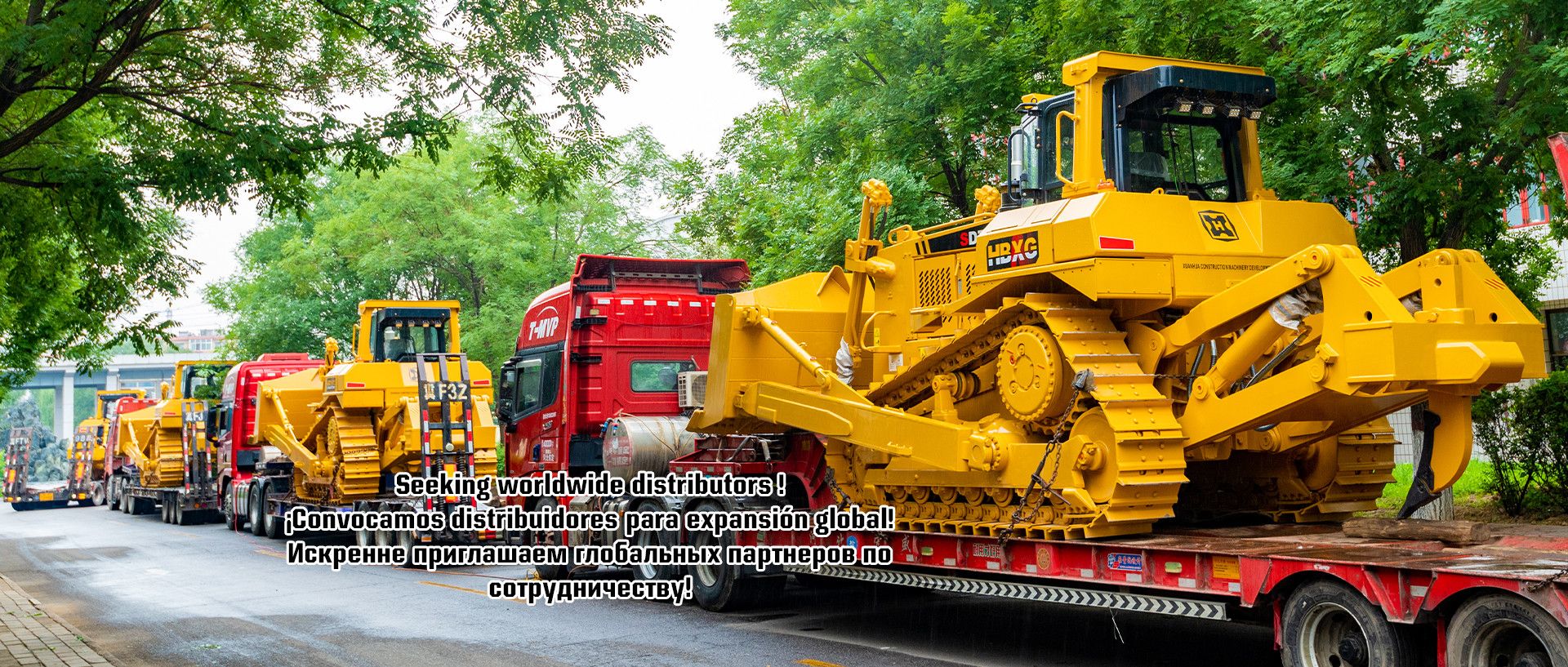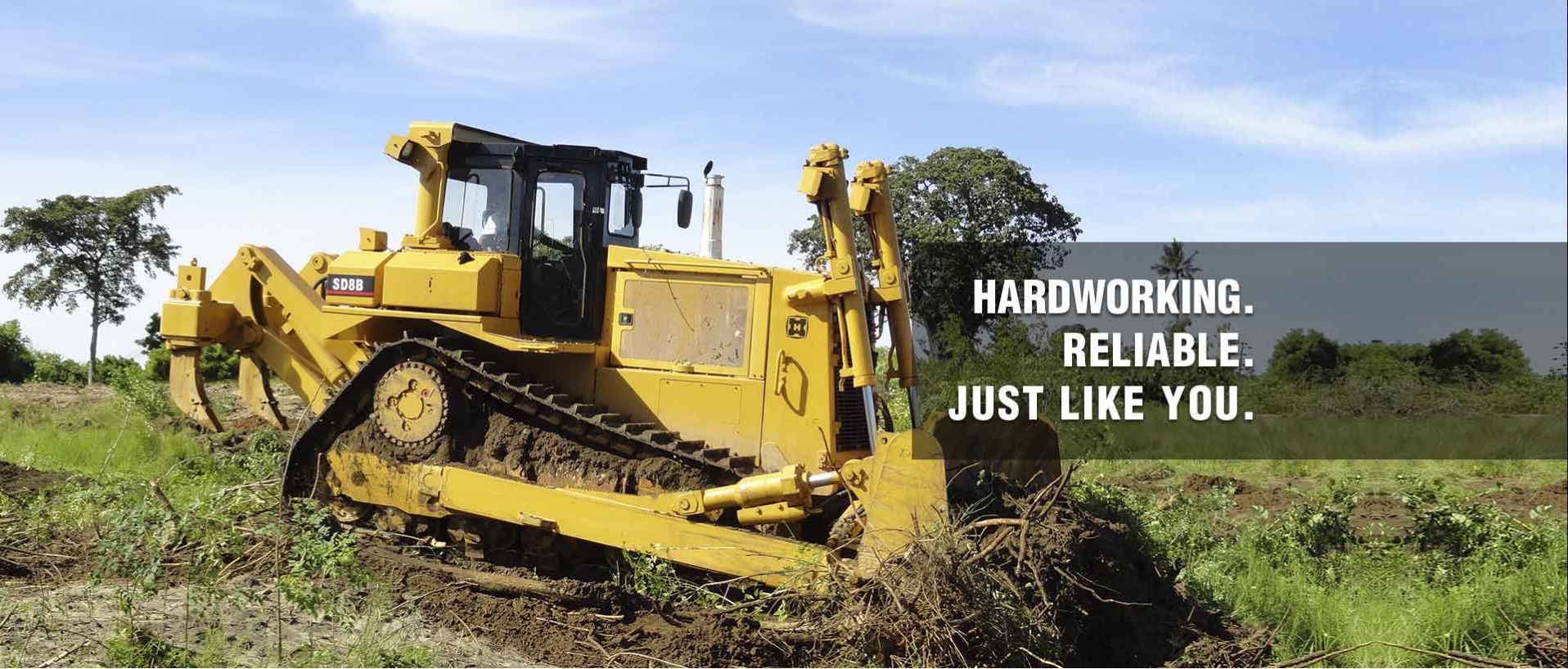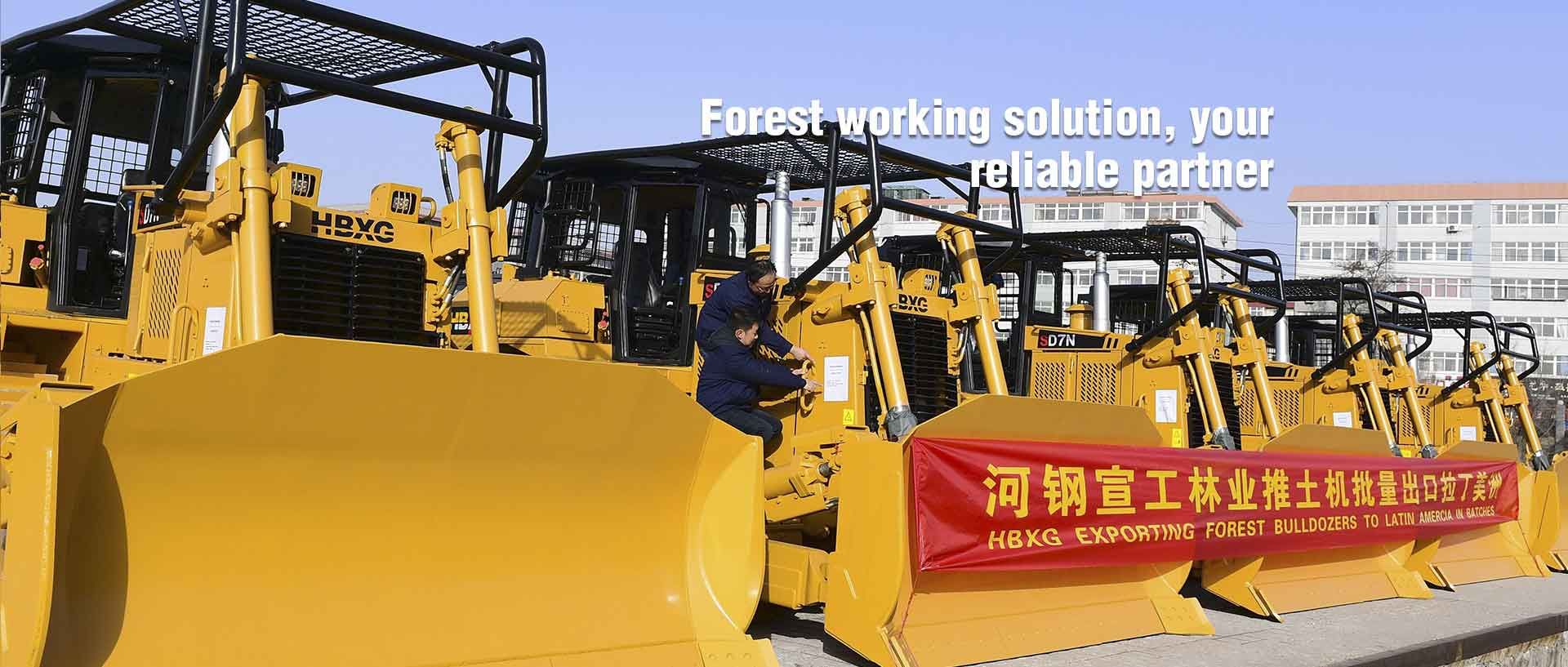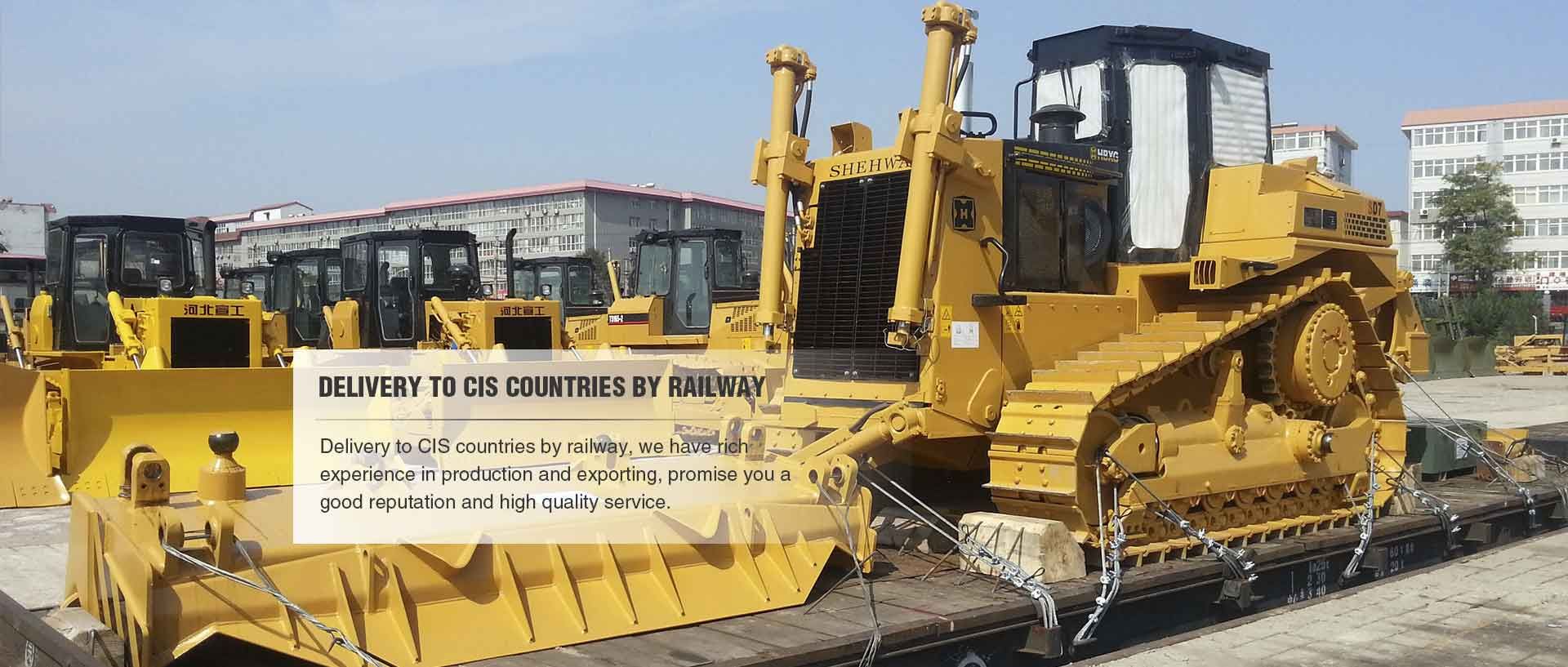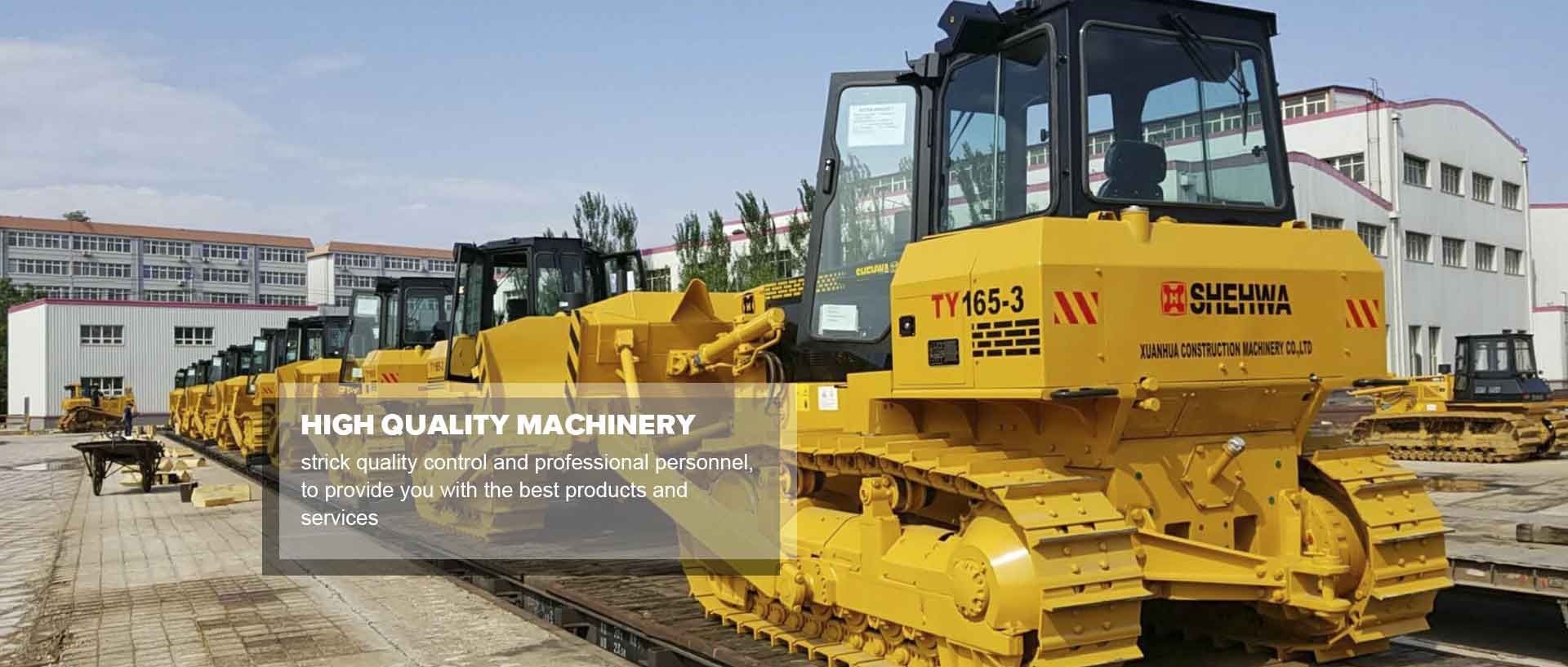An Introduction to the Components and Uses of A Motor Grader
 Sep. 28, 2021
Sep. 28, 2021
A motor grader, sometimes referred to as a grader or road grader, is a narrow, multi-purpose construction machine used for levelling surfaces during levelling projects. Generally speaking, motor graders work by using their plough plates or blades for coarse or fine levelling. However, the position and tilt of the plough plate can be hydraulically manipulated to perform a variety of tasks.
When a project requires fine grading, you need to consider using a motor grader. Many industry professionals prefer graders because they keep the roads level and are a great tool for larger projects. Read on to find out more.
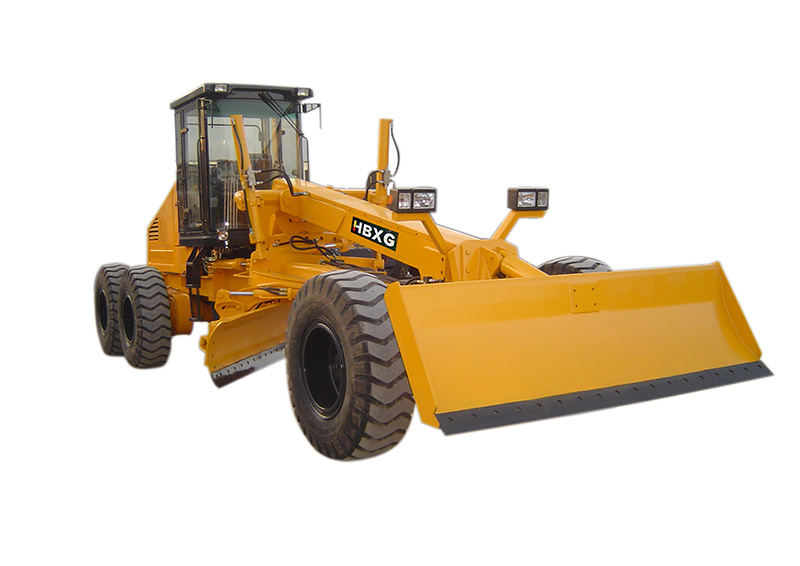
Grader components
A motor grader is a large piece of equipment with a unique shape. Here are some of its main components.
Cab: In the cab you will find several controls, joysticks and a steering wheel. A windscreen and large windows surround the cab.
Plough plate: The plough plate is the working tool of the grader. It is usually 12 or 14 feet long and consists of a cutting edge attached to the bottom and side ends. The plough plate is located between the front and rear axles. It can be rotated 360 degrees in either direction, allowing the operator to save time through a technique known as reverse grading. It can also be moved to the left or right, tilted forward or backward, and lowered and raised.
The prime mover: The prime mover is a rubber-tyred tractor mounted at the rear. It is powered by a diesel engine.
Frame: The frame is attached to the front axle and extends the full length of the grader. Its height provides enough room for the plough plate to do its job.
Loosener: The loosener is located in front of or behind the front wheels and is hydraulically controlled. It uses teeth to break up the compacted surface.
Grader uses
Motorised graders play an important role in performing accurate grading and levelling. To demonstrate the importance of accuracy in road construction, consider the different layers that a piece of equipment must be used in. Roads consist of three layers - the surface, the base and the roadbed. The surface can be asphalt, gravel or other materials. It must provide a good surface for driving and be hard wearing, slip resistant and water resistant. The subgrade and sub-base provide strength to the road surface. The sub-base consists of compacted gravel, sand, rock or a mixture of these materials. The road base is the existing natural soil.
The top 12 or 24 inches of ground must be prepared by removing rocks, stumps, brush and other materials before road construction can take place. Proper drainage is also required to maintain a stable base. An automatic grader can perform all the essential tasks of road construction from start to finish, ensuring a strong and durable road.
Overall, motor graders are versatile and powerful machines for large projects. You can follow HBXG to learn more.
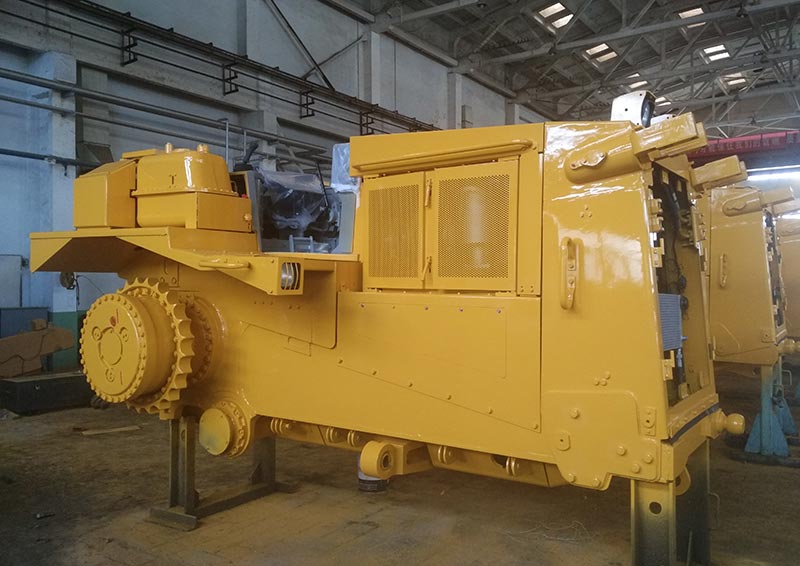
Advantages
Fast and efficient performance.
Precise ability to reduce soil disturbance.
Articulated frame graders can operate in tight spaces.
Can be driven on roads, no hauling between sites.
Ideal for large projects.
Disadvantages
Grader operation requires skill and experience. This means that it may not be the best choice for new employees in the construction industry. Some operators say that graders are the hardest machines to learn if you want to use them to their full potential. The grader can really do a lot, but the operator has to know how to use all the functions.
In addition, motor graders have limited traction because they use rubber tyres rather than tracks. They are also not suitable for moving heavy loads like a bulldozer because of the position of the plough plates.
Finally, motor graders are too big for some projects.
Contact us if you need to purchase bulldozer and motor grader products ,we have them for sale.















